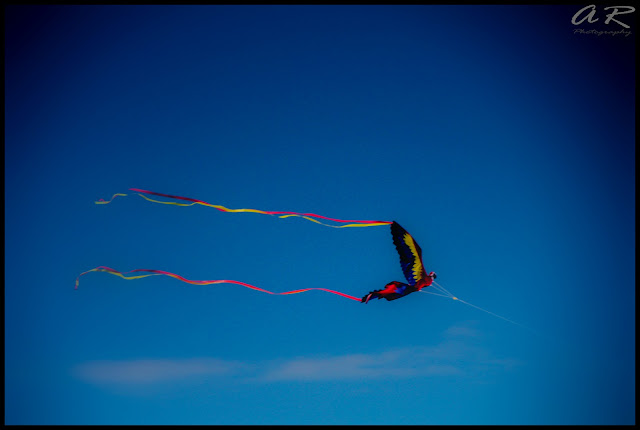.....continued from Part 1.
Just as you pass under the gate and re-enter the city you will see a bronze statue which was completed in 1971. It is about 12 feet high and commemorates a religious procession carried out in spring of 1797. This procession was carried out by women bearing torches and bells and fooled the British into thinking these were reinforcements.Read more here.
 |
| Plazuela de la Rogativa |
On the right of the gate is the governors house, it has a beautiful view of the bay. Further up the street on Calle de Cristo is the San Juan Cathedral. This cathedral is one of the oldest buildings in San Juan and second oldest cathedral in the United States. (source wiki). Once again, this make for a great photo-op. I love the blue skies.
 |
| Cathedral of San Juan Bautista |
Walking towards the north on the street past Capillo de Cristo, you will get a breathtaking first view of El Morro. El Morro was designed to guard the San Juan Bay and to defend the town of Old San Juan. This fort is currently a National Historic site and is maintained by NPS. You can easily spend 90-120 minutes in this castle, exploring different sections. They offer some fantastic views
The lawns of this castle are filled with children and adults flying fancy kites. You can buy kites off street vendors.
 |
Castillo San Felipe del Morro |
 |
| View from one of the watchtowers in El Morro |
The views of the San Juan bay from El Morro are unparalleled. Walk up to the lighthouse for the best vantage points.
Explore different parts of El Morro and you will be rewarded with unique views. This fort has 6 levels and levels 2,4 and 6 are worth of a visit. Towards the periphery of El Morro, lies a beautiful Cemetery situated by the sea. The white tombs made for some fantastic contrast in the backdrop of the sea.
And of course a walking tour of Old San Juan will not be complete without mentioning the cobbled streets of San Juan. These streets are narrow and colorful. They are paved with cobbles of a blue stone cast from furnace slag called adoquine. These stones were brought to San Juan by Spanish ships as these were used as ballast in empty ships. The stones were discarded after loading the ships with sugar cane produced locally.
These stones were brought to San Juan by Spanish ships. Over the years, moisture and exposure to elements gave adoquine its distinct color
And of course, the endless rows of colorful houses. I feel obliged to create a separate page for the colorful houses of San Juan but here are some pictures of the streets.
If you visit in January, do plan to visit the San Sebastian Street Festival. Although the crowd is friendly, use your judgement wisely. The festival runs 4 days long- actually day and night and attracts many thousands of visitors every year.
The festival is mainly on the streets of Old San Juan and many stages are setup in the plazas. Lighting decorates most of the streets and important buildings. The first two pictures were taken on the day after the last day of celebrations. During the celebrations, these streets and plazas are filled with thousands of youngsters.
 |
| Street lighting- San Seb 2012 |
 |
| Night after San Seb |
 |
| Last night, San Seb 2012(iphone) |
And thus ended our wonderful day in Old San Juan. Of course, no tour is complete without shopping. The wife spent a few hours shopping in the Calle de Fortaleza area. Unfortunately, almost nothing in these shops is locally made. Most of the items are imports from Indonesia and the far east and there is also some Taino art which I believe is a total ripoff because it is not authentic. The only locally made item in these stores was coffee! So after buying a few gifts for friends we were off to the hotel.









No comments:
Post a Comment